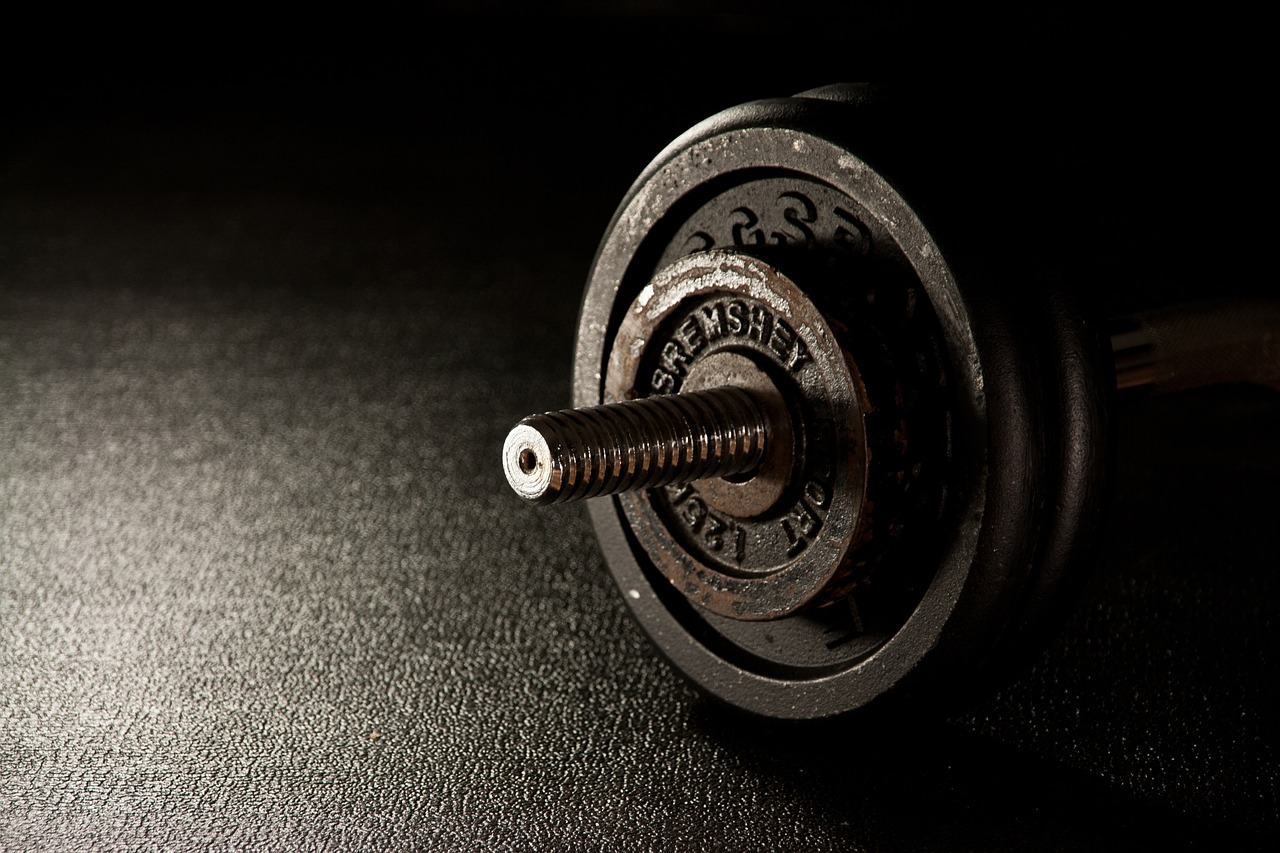When setting up a home gym, having the right equipment is crucial to ensuring safe and effective workouts. Here are some essential pieces of equipment to consider:
1. Exercise Mat: A high-quality exercise mat is essential for providing cushioning and support during floor exercises such as sit-ups, planks, and stretching. Look for a mat that is thick enough to provide adequate padding but also easy to clean and store.
2. Resistance Bands: Resistance bands are versatile tools that can be used to add resistance to bodyweight exercises or traditional weightlifting movements. They are lightweight, portable, and safe to use, making them a great addition to any home gym.
3. Dumbbells: Dumbbells are a staple in any home gym and can be used for a wide variety of strength training exercises. Start with a set of light, medium, and heavy dumbbells to ensure you have options for different exercises and fitness levels.
Injury Prevention Tips
Working out at home can be a great way to stay in shape, but it's important to do so safely to prevent injuries. Here are some tips to help you have injury-free workouts:
1. Warm up before starting your workout. Take the time to do some light cardio or dynamic stretching to get your muscles and joints ready for exercise.
2. Use proper form during your workouts. Pay attention to your body alignment and make sure you're engaging the correct muscles. If you're unsure about proper form, consider working with a personal trainer or consulting online resources.
3. Gradually increase the intensity of your workouts. Don't push yourself too hard too quickly, as this can lead to overuse injuries. Start with low weights or resistance and gradually increase as you build strength.
Effective Workout Routines
First and foremost, it's important to warm up properly before diving into any intense workout. This can include dynamic stretches, light cardio, or mobility exercises to get your muscles and joints ready for activity. Not only does a proper warm-up help prevent injuries, but it also improves your overall performance during your workout.
When it comes to choosing workout routines, try to incorporate a mix of strength training, cardiovascular exercise, and flexibility work. This well-rounded approach will help you build muscle, improve endurance, and maintain joint health. It's also a good idea to vary your workouts to prevent overuse injuries and keep your body challenged.
Lastly, listen to your body during your workouts. If something doesn't feel right or you experience pain, stop what you're doing and reassess. It's always better to err on the side of caution and modify your workout than to push through pain and risk injury. By following these guidelines and staying mindful of your body's signals, you can enjoy safe and effective workouts in the comfort of your own home.
Creating a Safe Space
Another important aspect of creating a safe space is ensuring that you have the proper equipment and gear. This includes using a sturdy and stable exercise mat, wearing proper workout attire, and using equipment that is in good condition. By taking the time to set up your home gym properly, you can help prevent injuries and ensure that you have a productive workout.
Lastly, it's important to listen to your body and know your limits. Pushing yourself too hard can lead to injury, so always make sure to start slow and gradually increase the intensity of your workouts. Remember, safety should always be the top priority when it comes to working out, whether you're at home or in a gym setting.
